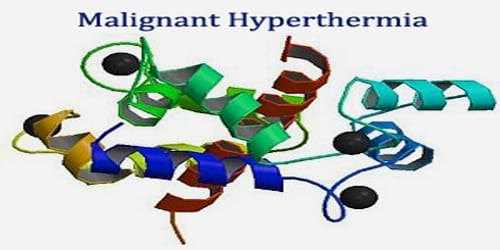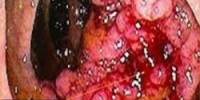Food Intolerance
Definition: Food intolerance, also known as non-IgE mediated food hypersensitivity or non-allergic food hypersensitivity, refers to difficulty in digesting certain foods. It is a detrimental reaction, often delayed, to a food, beverage, food additive, or compound found in foods that produce symptoms in one or more body organs and systems, but generally refers to reactions other than food allergy. It is important to note that food intolerance is different from food allergy.
Food allergies trigger the immune system, while food intolerance does not. Some people suffer digestive problems after eating certain foods, even though their immune system has not reacted – there is no histamine response.
Foods most commonly associated with food intolerance include dairy products, grains that contain gluten and foods that cause intestinal gas buildups, such as beans and cabbage.
Food intolerances can be classified according to their mechanism. Intolerance can result from the absence of specific chemicals or enzymes needed to digest a food substance, as in hereditary fructose intolerance. It may be a result of an abnormality in the body’s ability to absorb nutrients, as occurs in fructose malabsorption. Food intolerance reactions can occur to naturally occurring chemicals in foods, as in salicylate sensitivity. Drugs sourced from plants, such as aspirin, can also cause these kinds of reactions.
Here are some key points about food intolerance.
- Symptoms of food intolerance tend to take longer to appear than symptoms of allergies
- The symptoms are varied and can include a migraine, cough, and stomachache
- Some food intolerance is caused by the lack of a particular enzyme
Causes, Sign, and Symptom of Food Intolerance: Food intolerances are caused by the partial or complete absence of activity of the enzymes responsible for breaking down or absorbing the food elements. These deficiencies are often innate.

However, they can sometimes be diet-related or can arise due to illness.
Some people have trouble digesting wheat and experience bloating, wind, diarrhoea, vomiting and stomach pain after eating bread. Read more about wheat intolerance (also known as wheat sensitivity).
Otherwise, the culprit may be a food additive, chemical or contaminant, such as:
- monosodium glutamate (MSG)
- caffeine
- alcohol
- artificial sweeteners
- histamine (found in Quorn, mushrooms, pickled and cured foods, and alcoholic drinks)
- toxins, viruses, bacteria or parasites that have contaminated food
- artificial food colors, preservatives or flavor enhancers
It can be difficult to determine whether the patient has a food intolerance or an allergy because the signs and symptoms often overlap. The symptoms of food intolerance generally take longer to emerge, compared to food allergies.
Onset typically occurs several hours after ingesting the offending food or compound and may persist for several hours or days. In some cases, symptoms may take 48 hours to arrive. Some people are intolerant to several groups of foods, making it harder for doctors to determine whether it might be a chronic illness or food intolerance.
The following are the most common symptoms of food intolerance:
- Bloating
- Migraines
- Headaches
- Cough
- Runny nose
- Feeling under the weather
- Stomach ache
- Irritable Bowel
- Hives
Diagnosis, Treatment, and Prevention of Food Intolerance: Diagnosis of food intolerance can include hydrogen breath testing for lactose intolerance and fructose malabsorption, professionally supervised elimination diets, and ELISA testing for IgG-mediated immune responses to specific foods.
Histamine intolerance can be determined with a histamine-free diet or via a provocation test.
In the case of celiac disease, the diagnosis is effected by means of a tissue biopsy from the small intestine. Stool samples, blood tests, and gene tests can also help in the diagnosis.

In order to provide therapy for fructose intolerance, it is necessary to find the threshold of fructose that can still be tolerated by the body. A proven method is to maintain a fructose-free diet for two weeks and then to increase the fructose content in the food progressively.
In lactose intolerance therapy, an attempt is made to determine the tolerance threshold for lactose (milk sugar). Capsules with various dosages can be used to provide the body with the missing lactase enzyme.
In histamine intolerance therapy, the attempt is likewise made to test for the individual tolerance threshold. Histamine is found for example in cheese, red wine, fish and various fruits.
Some people find that if they stay off the specific food for a while, they have no reaction when eating it again – this is known as tolerance. Maintaining tolerance is often a question of knowing how long to abstain, and how much of it to eat when it is being reintroduced.
As each person reacts differently, the only way to determine this is by trial-and-error.
Information Source:
















